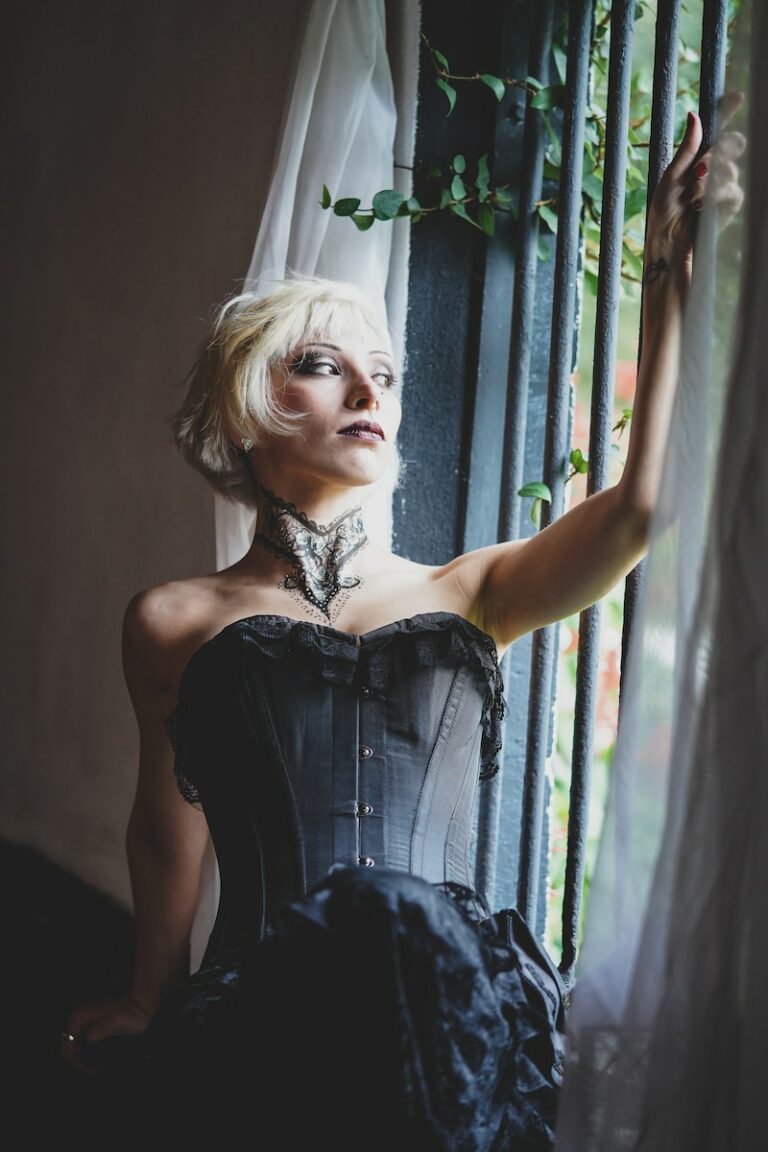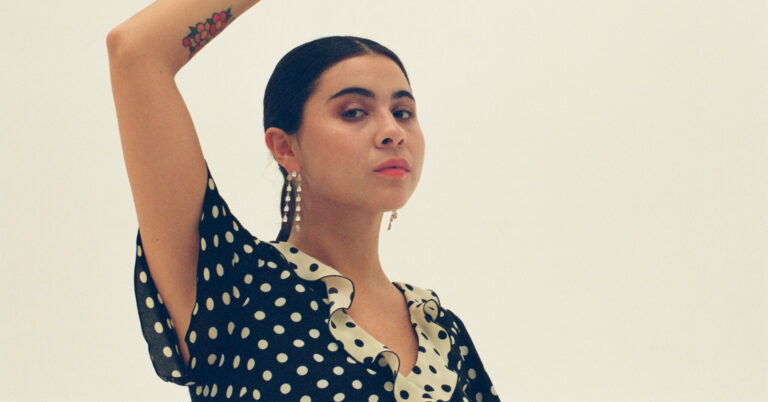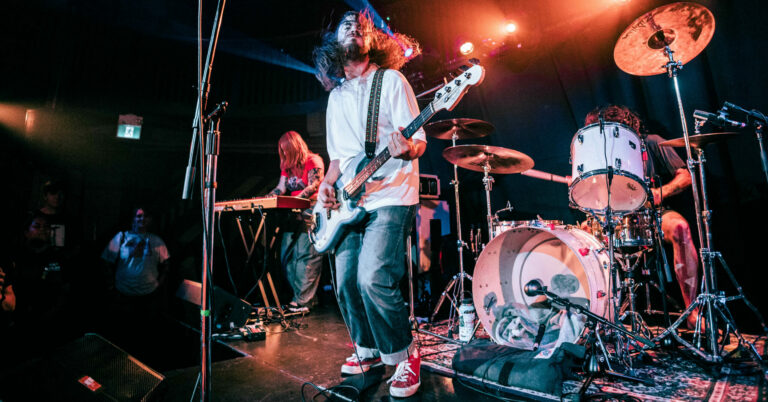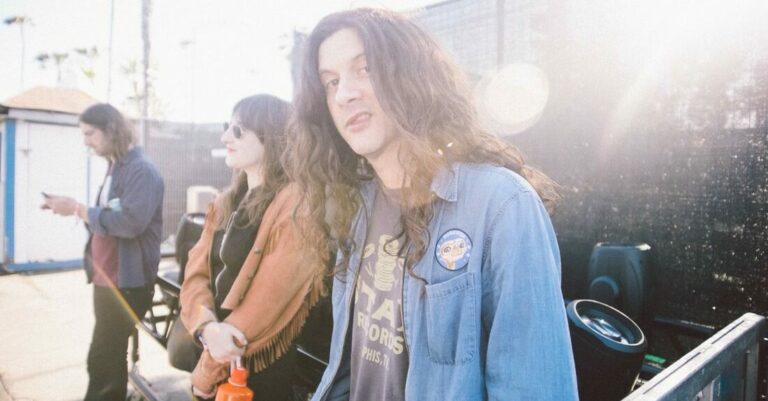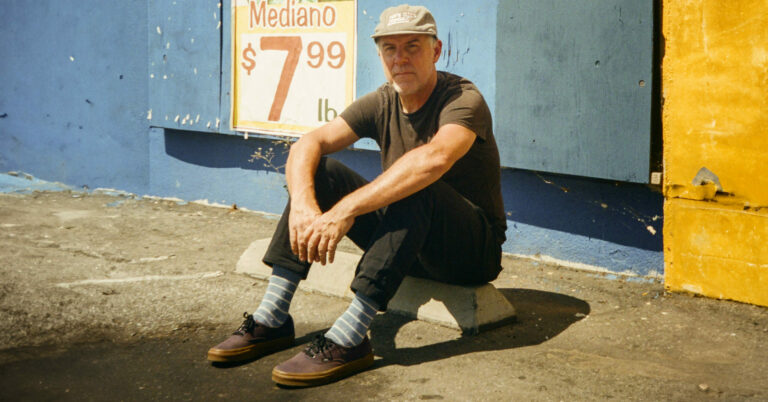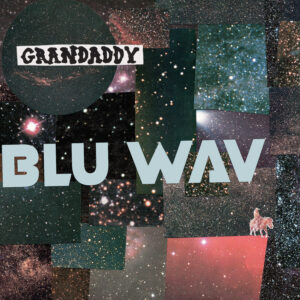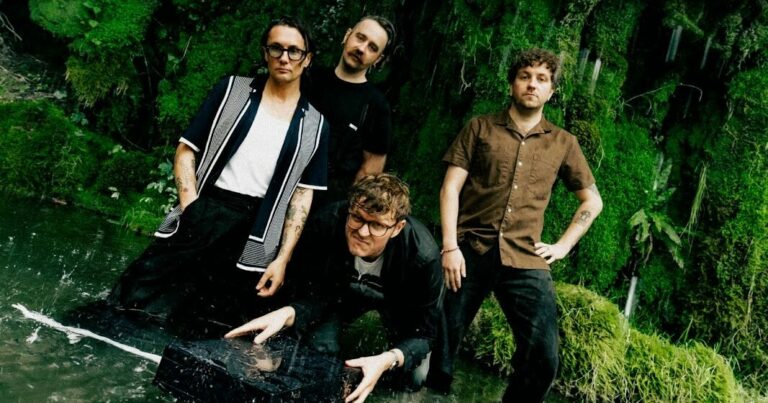In the fashion world, trends come and go, but some styles manage to make a lasting impact. One such trend that has been making waves in recent times is the stylish corset. These modern corset-style tops have evolved beyond their historical and lingerie origins, becoming versatile wardrobe staples that can be comfortably worn every day. In this article, we’ll explore how to style the latest corset trend to create chic and contemporary looks that suit a variety of occasions.
Embrace the Versatility
Modern corset tops are incredibly versatile, offering a range of options to suit your personal style and needs. Whether you’re heading to the office, a casual brunch, or a night out with friends, there’s a stylish corset top for every occasion. Opt for a classic black or neutral-coloured corset for a sophisticated and understated look, or go bold with vibrant hues and patterns to express your unique personality.
Elevate Your Workwear
Who says corset tops are only meant for parties and weekends? Incorporating a modern corset into your workwear can add a touch of elegance and professionalism to your daily outfits. Choose a well-structured corset top in a solid colour and pair it with high-waisted trousers or a pencil skirt. Finish the look with a blazer or cardigan for a polished ensemble that exudes confidence and style.
Mix and Match
One of the best things about modern corset tops is their ability to mix and match effortlessly with other pieces in your wardrobe. For a chic daytime look, pair your stylish corset with high-waisted jeans and ankle boots. Throw on a denim jacket for an extra dose of coolness. Alternatively, for a night out, combine your corset top with a sleek leather skirt and strappy heels for a sophisticated and sexy vibe.
Layer It Up
Layering is a key styling technique when it comes to modern corset tops. Experiment with different layering options to create unique outfits. A sheer blouse worn over your corset can add a touch of femininity and elegance. Alternatively, you can layer a lightweight cardigan or kimono for a more relaxed and bohemian look. Be bold and play with textures and lengths to achieve a fashion-forward ensemble.
Accessorise Wisely
Accessories can elevate your stylish corset outfit to the next level. Statement jewellery, such as bold earrings or a chunky necklace, can draw attention to your neckline and accentuate the corset’s design. A wide belt cinched at the waist can emphasize your curves and create a flattering silhouette. When it comes to bags, opt for a clutch or a small crossbody purse to keep the focus on your outfit.
Emphasise Comfort
One of the most significant advantages of modern corset tops is their comfort. Unlike their historical counterparts, these tops are designed to be wearable throughout the day. Look for corsets made from stretchy, breathable fabrics that allow for ease of movement. Adjustable straps and closures ensure a customised fit, ensuring you can go about your day comfortably while looking fabulous.
Experiment with Silhouettes
Modern corset tops come in various silhouettes to cater to different preferences. Some feature sweetheart necklines for a romantic look, while others boast square necklines for a more structured appearance. You can also explore asymmetrical designs or off-the-shoulder styles to add an edgy touch to your outfits. Experiment with different silhouettes to discover the one that complements your body shape and style the best.
Keep It Casual
Corset tops aren’t limited to formal occasions. You can effortlessly incorporate them into your casual, everyday wardrobe. A simple, fitted corset paired with distressed jeans and sneakers creates a trendy and relaxed look. Add a baseball cap and some oversized sunglasses for an effortlessly chic and street-style-inspired ensemble.
Go Monochromatic
Monochromatic outfits have been a timeless trend, and they work exceptionally well with modern corset tops. Choose a corset in a colour that matches the rest of your outfit, creating a streamlined and visually pleasing look. For instance, a white corset paired with white wide-leg trousers can make you look taller and more put together.
Confidence is Key
Ultimately, the key to styling the latest corset trend is confidence. Whether you’re wearing it to the office, a casual outing, or a special event, owning your look is essential. Modern corset tops are designed to empower you and make you feel fabulous, so wear them with pride and radiate confidence wherever you go.
In conclusion, modern corset-style tops have evolved far beyond their historical and lingerie origins, offering a versatile and comfortable option for everyday wear. By embracing their versatility, mixing and matching, layering, and accessorising wisely, you can create a wide range of stylish and contemporary outfits suitable for various occasions. So, don’t hesitate to explore the latest corset trend and elevate your fashion game with these fashionable and comfortable wardrobe staples.
